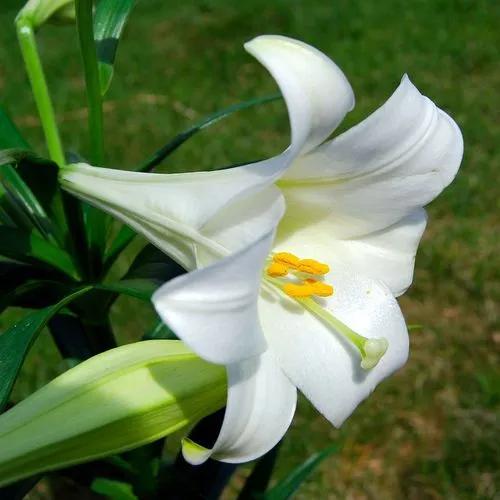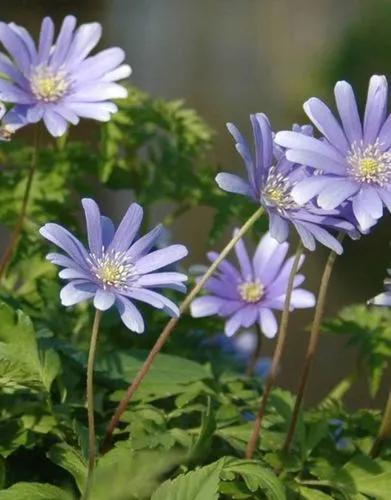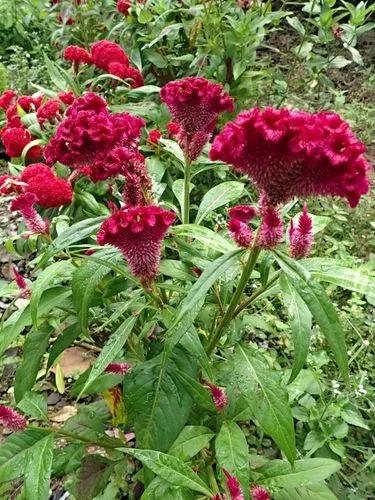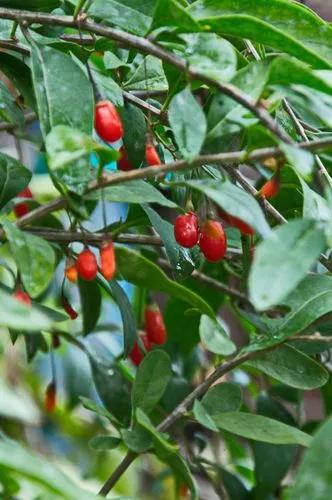Succisa pratensis, also known as devil's-bit or devil's-bit scabious, is a flowering plant in the honeysuckle family Caprifoliaceae. It differs from other similar species in that it has four-lobed flowers, whereas small scabious and field scabious have five lobes and hence it has been placed in a separate genus in the same family. It also grows on damper ground.
Devil'S-Bit, Devil'S-Bit Scabious Care
Succisa pratensis



Succisa pratensis is a perennial herb up to 1m tall, growing from a basal rosette of simple or distantly-toothed, lanceolate leaves. Its unlobed leaves distinguish it from Knautia arvensis (field scabious). The plant may be distinguished from Centaurea scabiosa (greater knapweed) by having its leaves in opposite pairs, not alternate as in knapweed. The bluish to violet (occasionally pink) flowers are borne in tight compound flower heads or capitula. Individual flowers are tetramerous, with a four-lobed epicalyx and calyx and a four-lobed corolla. Male and female flowers are produced on different flower heads (gynodioecious), the female flower heads being smaller. The flowering period in the British Isles is from June until October.
This plant might be poisonous
How to get rid of: If there are too many weeds to remove manually or with a hoe, you can use a weed killer made of chemicals and spray the chemical directly on each weed. It's not environment-friendly, so use only if it is absolutely necessary. Some, like Ortho's Weed-B-Gon, kill many weeds including dandelions, crabgrass, and clover. This product does not damage the lawn. Or you can purchase the concentrate, mix it with water, then spray where needed.
After spraying, you can see results in a day or so. After they die, you'll have remove them by hand, which is difficult, but much easier than pulling a live weed.
A downside of these chemicals is that they may not kill the weeds entirely. The chemical only kills what it touches, and if it was not sprayed sufficiently, the weed may not die, so make sure to cover all unwanted plants sufficiently.
How to Care for the Plant

Popularity

52 people already have this plant 29 people have added this plant to their wishlists
Discover more plants with the list below
Popular articles






